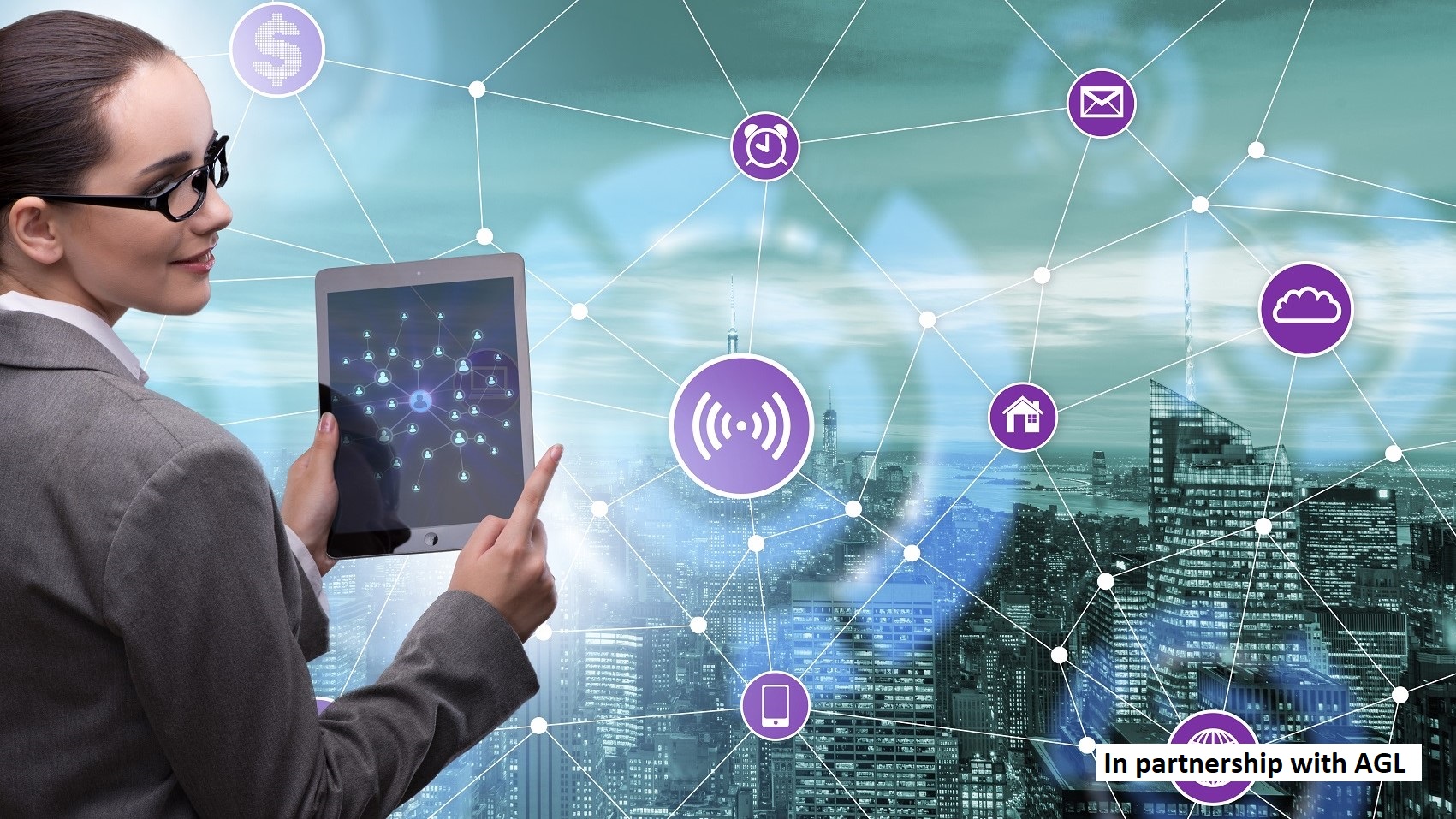In partnership with AGL
We are an energy utility.
It’s an industry where the only constant is change: decentralisation and digitisation are driving waves of disruption of our traditional business models; our customers are sourcing and consuming energy in new ways.
How can we evolve — and keep evolving — so that we can prosper by providing our customers with new, increasingly valuable, personalised, and increasingly green products and services?
Our success depends on our ability to understand consumer behaviour and service needs, manage complex distributed energy assets, optimise our portfolio by making increasingly rapid and nuanced trading decisions, and get the most out of our physical generation assets by managing and predicting their performance.
AGL is in its third and final year of its investments of over $400 million in ‘digital first’ projects – Customer Transformation Experience and Enterprise Resource Planning.
During that Customer Experience Transformation, we began to embed ‘design thinking’ practices, customer-centricity and ‘agile’ ways of working.
Now, we’re building on those platforms with a combination of techniques and technologies that will enable us to discern and service our customers’ truest and deepest needs through digital platforms.
We use design-thinking to identify high-value problems, then apply artificial intelligence (AI) or traditional analytics when they make sense.
In general, with the increasing digitisation of our customer experience, increasing penetration of smart meters, rooftop solar, batteries and Internet of Things (IoT) devices, along with increasing instrumentation of our energy generation assets, we don’t suffer from a lack of data.
A well-architected data platform on the ‘cloud’ provides us with an ability to store and access that data in a way that enables the speed and elasticity that we need to support AI applications which generate continuous insights and empower our customers in an increasingly complex and fast-changing energy environment.
AGL’s data, insights and AI will help customers understand their energy and orchestrate their energy assets (think solar, batteries and electric vehicles) in service of their nuanced desires, all while co-optimising for a stable electricity grid for their community.
Our journey began with ungoverned data silos, a focus on manual handling and manual reporting, minimal self-service capability for business intelligence and a high cost of operation.
Our ability to perform predictive analytics capability was constrained, and significant uplift was required.
We decided to solve these problems with an enterprise-wide data platform.
To start with, AGL developed an extract-transform-load framework which allows us to harvest and use large data sets like those collected by smart meters.
The framework is called ‘ARC’, and it’s open source; by sharing ARC, we can incorporate improvements contributed by an ecosystem of developers as well as publicly recognise AGL developers for their outstanding work.
ARC currently supports data services including AGL’s Energy Insights. From this starting point, we’re growing the platform and addressing high-value use-cases, all while embedding sound data governance.
To enable this pace of change, we’re leveraging cloud services to automate the operations and deployment of our core enterprise resource planning (ERP), digital and data infrastructure.
This allows us to support a nimble organisation: we increase speed to market (eg. provisioning new products in the ERP), increase the cost transparency of consumed services (thus discretising our profit and loss to support improved decision making) and reduce capital outlay.
Next, we are planning to enhance our distributed sensor (IoT) platform and streaming analytics.
Our existing Operational Technology Platform measures thousands of data points every second at AGL power plants and uses complex statistical models to detect potential issues. We’ll be extending this platform by training artificial intelligence to detect complex failure modes and support predictive maintenance.
We’ve also placed scalable machine learning and predictive analytics technologies at the centre of a program seeking to revolutionise the way we perform our core task: transforming and trading energy between forms, moving it through space and coordinating its delivery in time.
We will be depending on AI to optimise the system as it becomes more decentralised, more varied, and decisions are made in increasingly near real time.
An efficient system, enabled by the combination of human and artificial intelligence, is better for our customers, business and the community.
Bringing together our unwavering commitment to customer-centricity (identifying the right problems and the right solutions through ‘design thinking’) with technology (AI supported by ‘big data’ and ‘cloud’), we are transforming AGL into an energy technology company of the future.
Martin Grannel is the Chief Technology Officer at AGL Energy. Simeon Baker-Finch is the Technical Team Manager, New Energy at AGL Energy.









